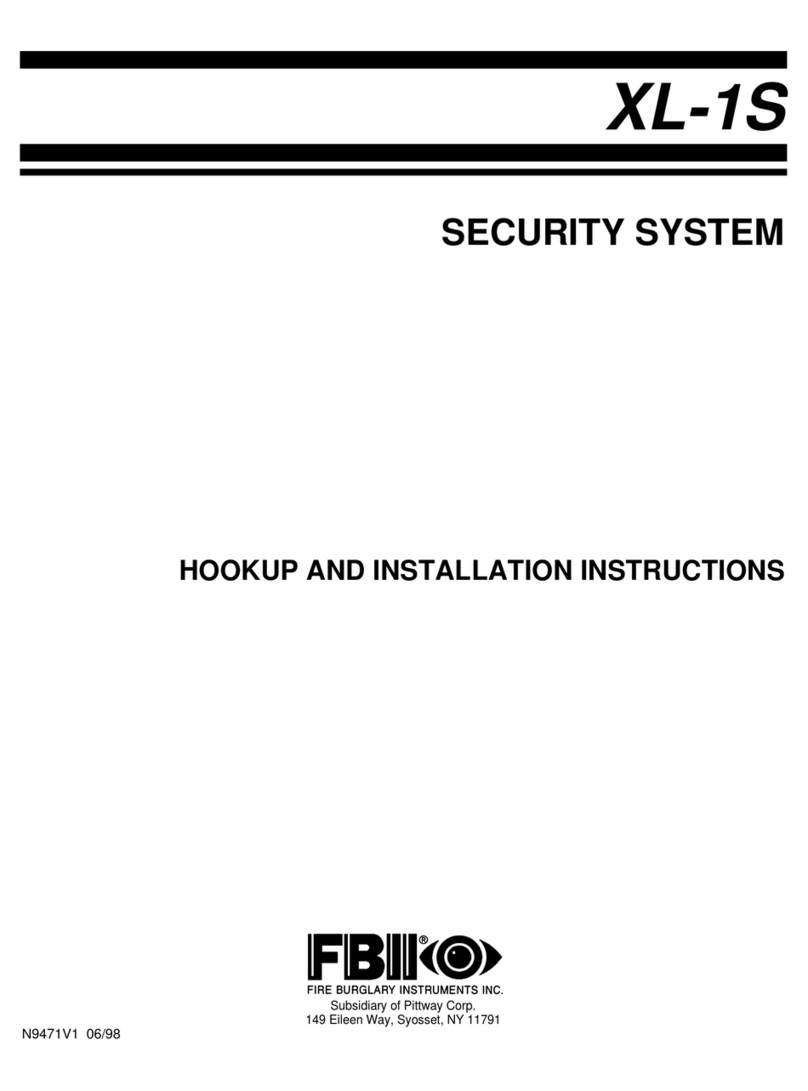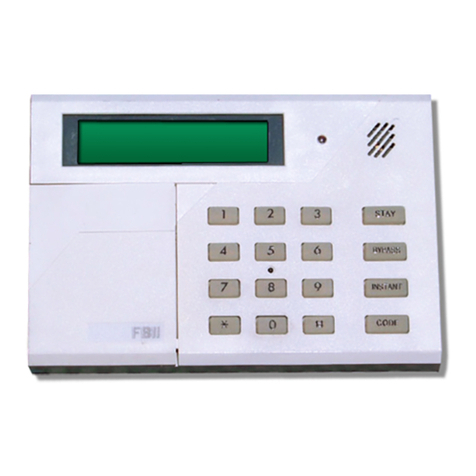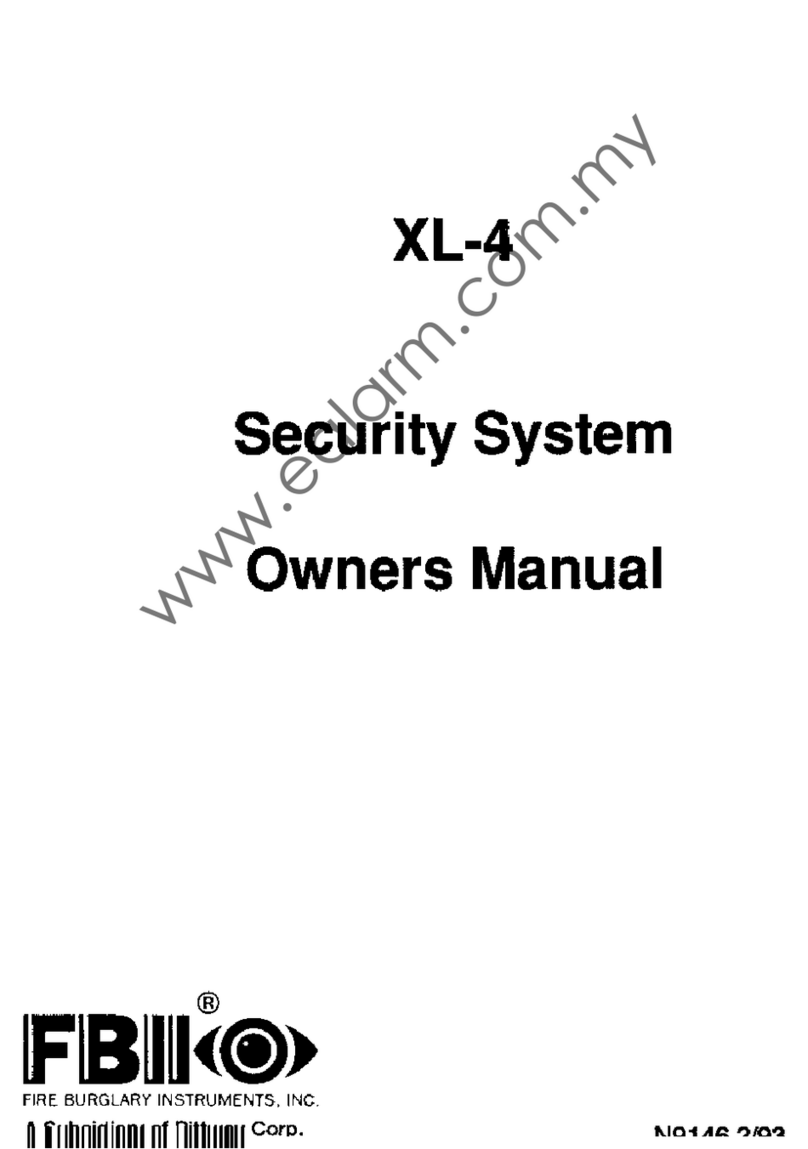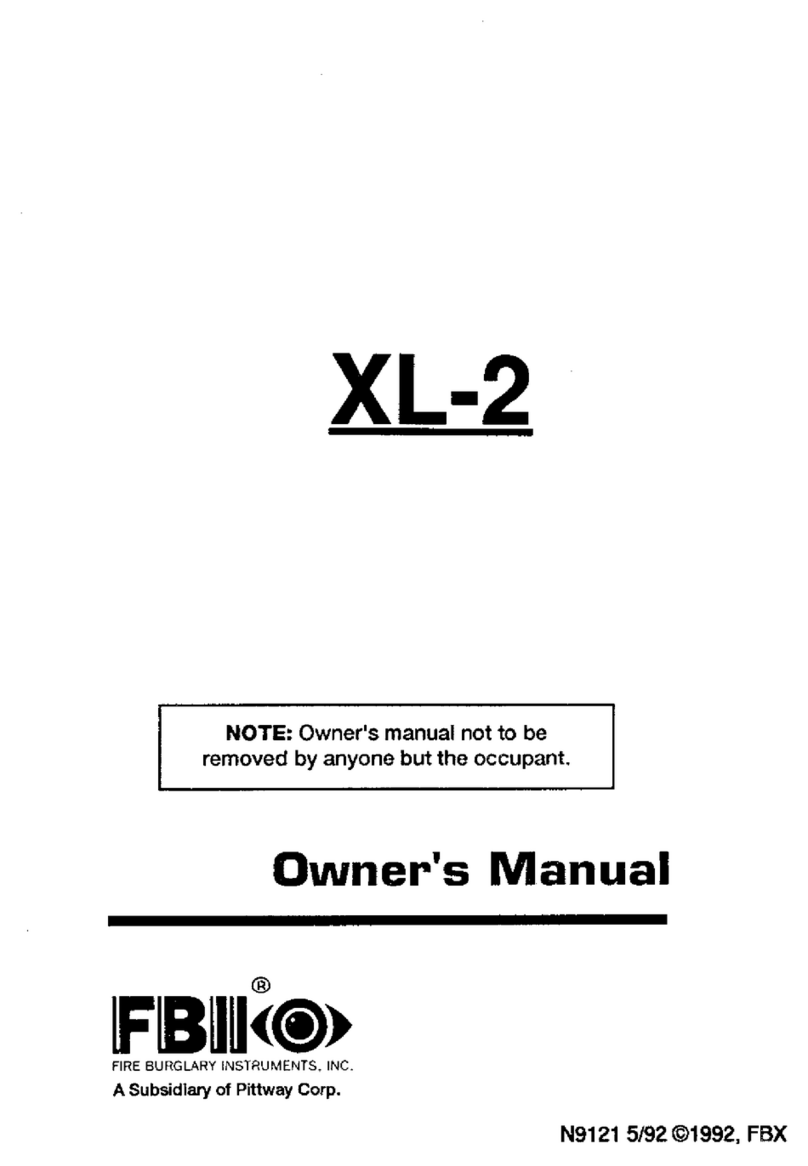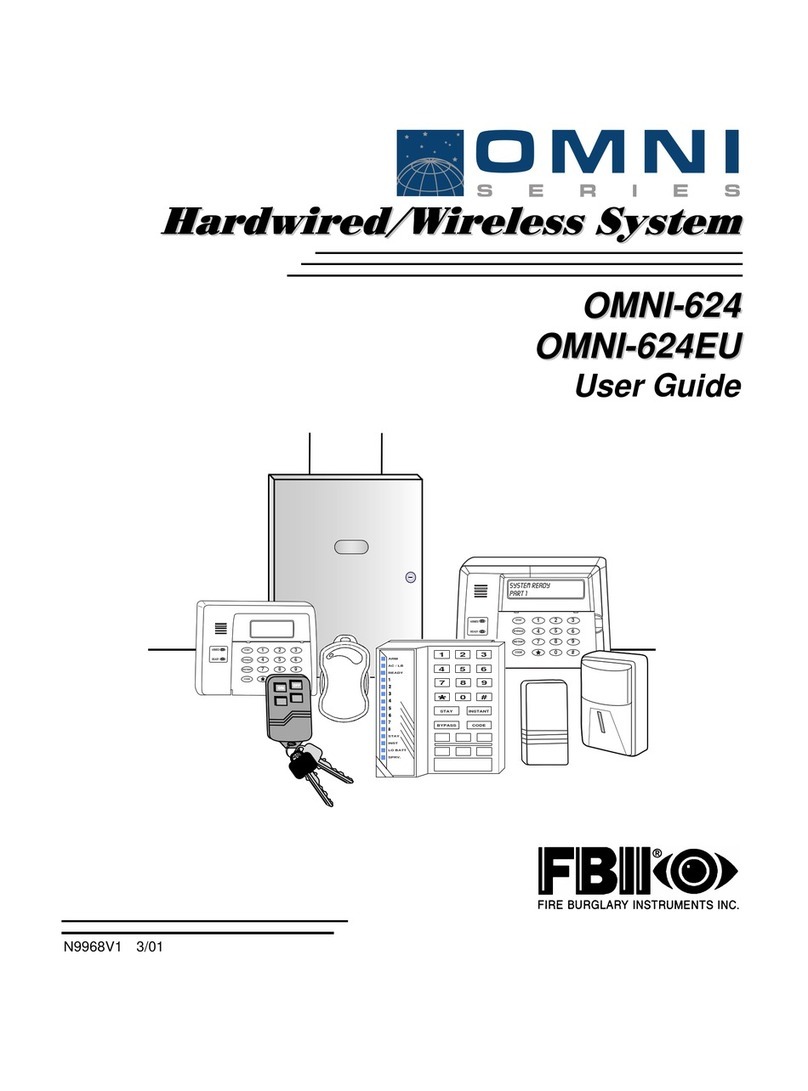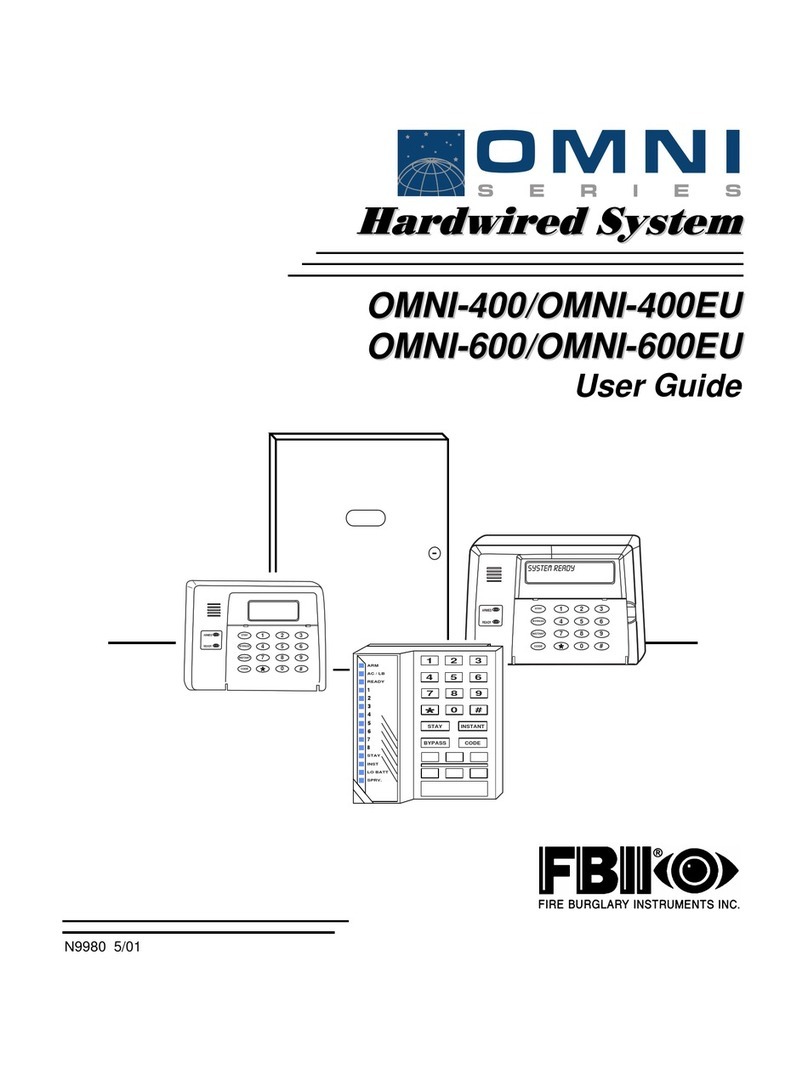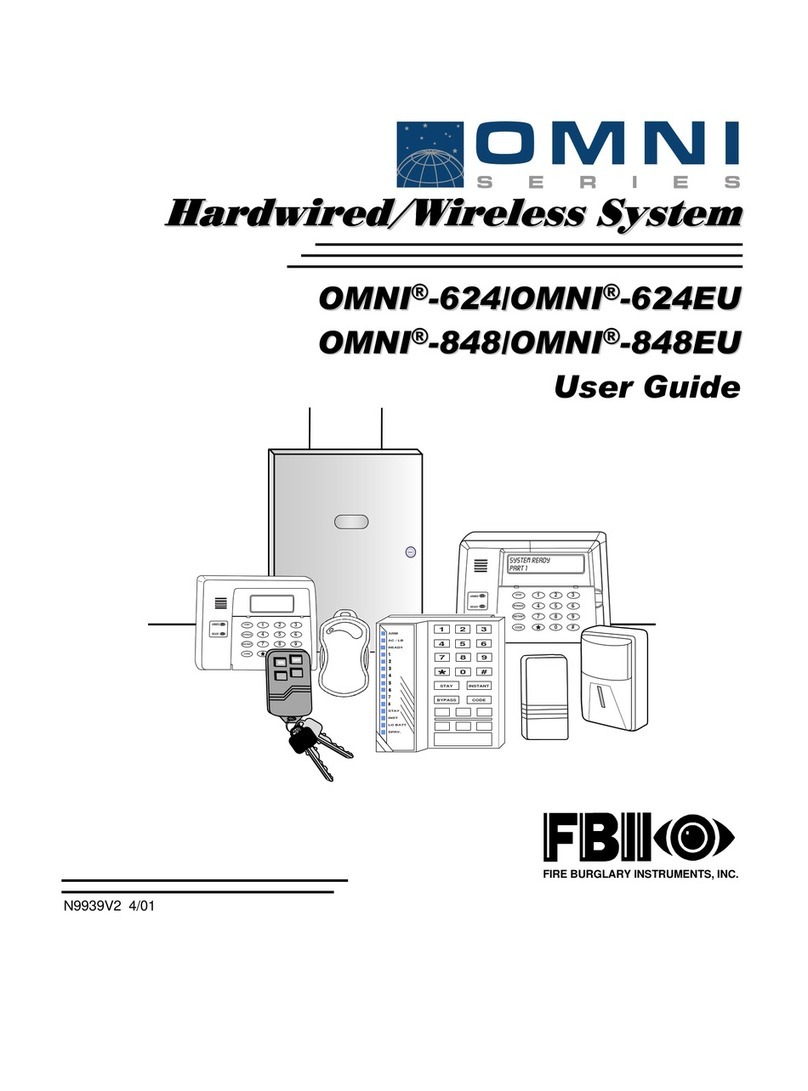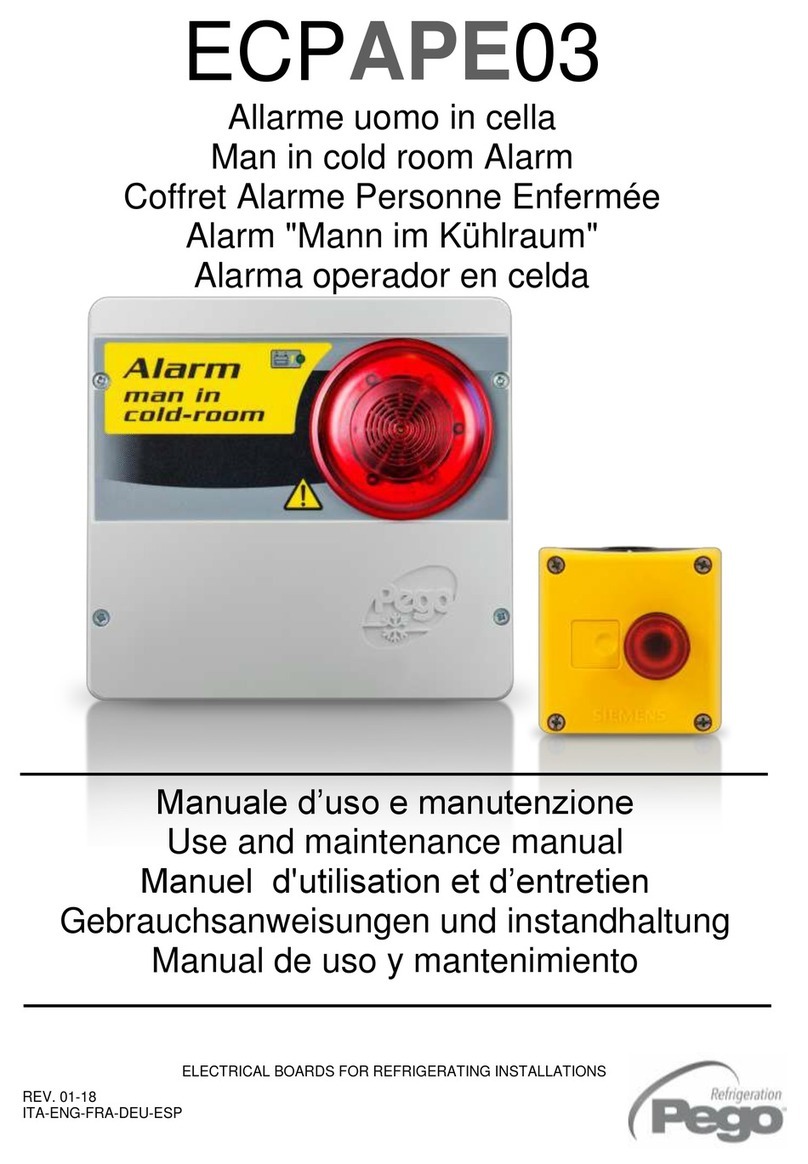
iii
Table of Contents
••••••••••••••••••••••••••••••••••••••••••••••••••
Conventions Used in This Manual ....................................................................................................................v
Feature Summary of Version 1 ........................................................................................................................ vi
Introduction .......................................................................................................................................................1–1
About the OMNI-408A......................................................................................................................................1–1
System Wiring and Hookup............................................................................................................................2–1
Wiring the OMNI-408A ....................................................................................................................................2–1
System Stabilization Mode...............................................................................................................................2–1
Compatible ADEMCO 5800 Series Wireless Devices.....................................................................................2–1
Terminal Connections.......................................................................................................................................2–2
Auxiliary Device Current Draw Worksheet ....................................................................................................2–5
PC Board Mounting..........................................................................................................................................3–1
Mounting the Control Board.............................................................................................................................3–1
Mounting the Receiver and Antennas .............................................................................................................3–2
Keypad Mounting..............................................................................................................................................4–1
How to Mount the XK-108 Keypad ..................................................................................................................4–1
The XK-108 Keypad...........................................................................................................................................5–1
XK-108 Keypad..................................................................................................................................................5–1
Keypad Sounder................................................................................................................................................5–3
System Operations............................................................................................................................................6–1
Power Up/System Reset....................................................................................................................................6–1
Arming the System............................................................................................................................................6–1
Stay Arming.......................................................................................................................................................6–1
Stay/Instant Arming .........................................................................................................................................6–2
Disarming ..........................................................................................................................................................6–2
Reset...................................................................................................................................................................6–2
Bypass................................................................................................................................................................6–2
Quick Bypass.....................................................................................................................................................6–3
Exit Bypass........................................................................................................................................................6–3
Auto Unbypass ..................................................................................................................................................6–3
Manual Unbypass .............................................................................................................................................6–3
User Code Programming...................................................................................................................................6–3
User Deletion.....................................................................................................................................................6–4
Keypad Emergency Conditions ........................................................................................................................6–4
Pager Follow Me Displays ................................................................................................................................6–5
Entering Pager Follow-Me Phone Numbers....................................................................................................6–5
Quick Command Modes...................................................................................................................................7–1
Quick Command Mode Listing.........................................................................................................................7–1
Quick Arming [#] [1]..........................................................................................................................................7–1
Quick Force Arming [#] [2] ...............................................................................................................................7–1
Set Time/Date [#] [3].........................................................................................................................................7–2
Toggle Chime [#] [6]..........................................................................................................................................7–2
Toggle Pager [#] [8] ...........................................................................................................................................7–2
On-Line Download [#] [9]..................................................................................................................................7–2
Installer Modes ..................................................................................................................................................8–1
Entering Installer Modes..................................................................................................................................8–1
Installer Mode 1 (Installer Keypad Programming).........................................................................................8–1
Installer Mode 3 (Unattended Download).......................................................................................................8–2
Installer Mode 4 (On-Line Download) .............................................................................................................8–3
Installer Mode 5 (Walk Test - Reduced Gain Mode).......................................................................................8–3
System Programming.......................................................................................................................................9–1
General Information .........................................................................................................................................9–1


